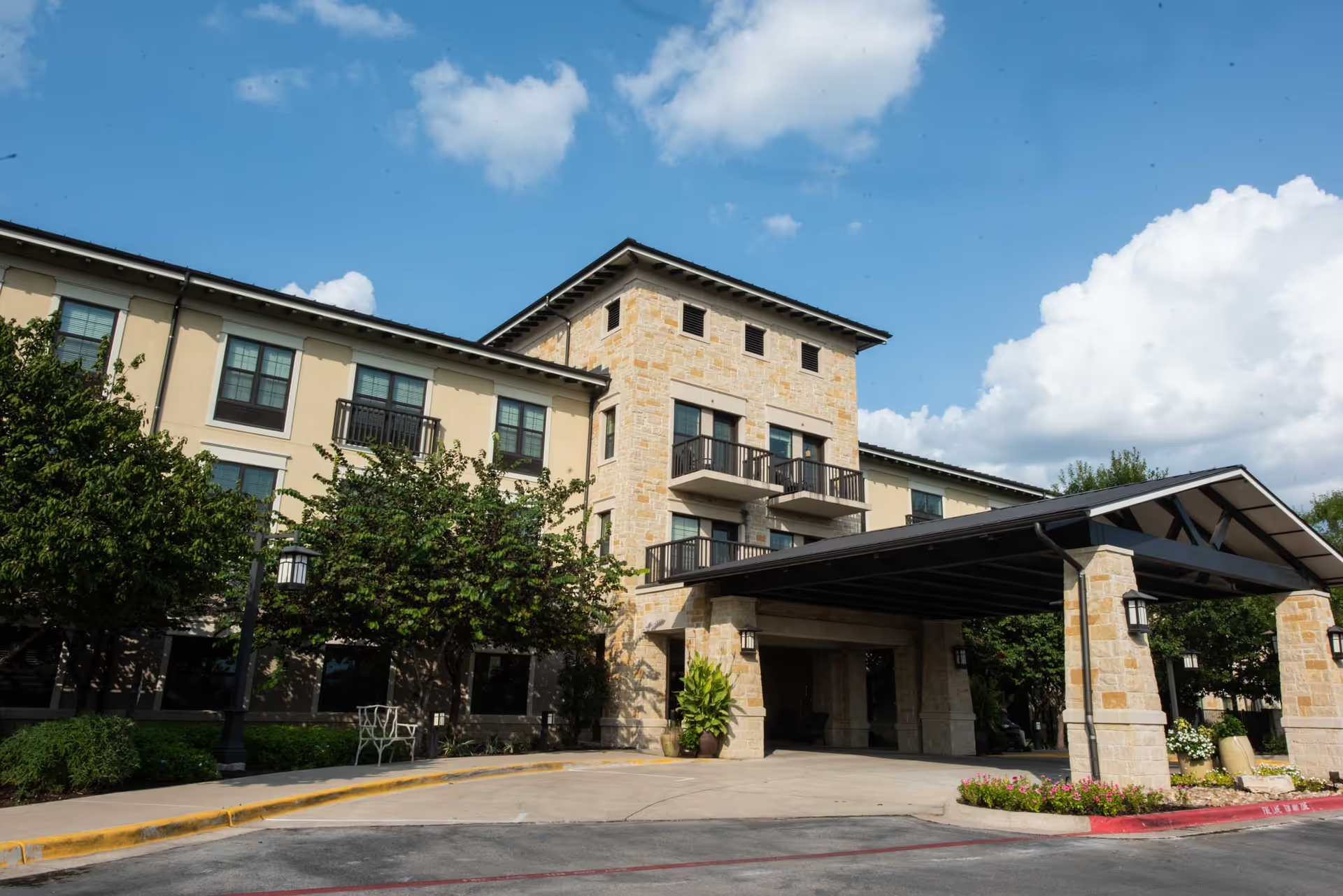Overall sentiment across the reviews for Windsor Calallen is highly polarized: many reviews describe outstanding, compassionate clinical and therapy care, while a substantial subset reports serious lapses in safety, communication, and basic nursing-home operations. Strengths that recur frequently include a strong therapy/rehab program that helps residents regain function and independence, numerous frontline caregivers (CNAs, nurses, therapists) who are described as kind, attentive, and willing to go the extra mile, and supportive admission and business-office staff who assist with insurance and Medicaid questions. Many families expressly praised individual employees by name for exceptional care and responsiveness, and several accounts describe clean, pleasant-smelling facilities, robust activity schedules, and successful transitions to hospice with dignity and comfort.
Care quality and clinical performance show a wide range of experiences. On the positive side, therapy teams are repeatedly labeled "awesome," with documented progress (walking with a walker, aging-in-place successes), and wound care staff and specific nurses have been singled out for going above and beyond. Conversely, several reviews recount dangerous clinical failures: medication errors (wrong meds, delayed meds, improper administration), delayed pain control and diagnostics (x-rays, UTIs), poor management of swallowing or feeding plans, and instances that led to hospitalizations or emergency surgery. These negative clinical incidents often coincide with reports of infection, sepsis risk, or worsening health, and in the most serious accounts families reported death following perceived neglect.
Staffing and responsiveness emerge as a central theme. Many reviewers compliment the compassion and skill of individual CNAs and nurses, especially during daytime and rehabilitation shifts, yet a recurring complaint is understaffing resulting in slow responses to call lights, unattended patients for hours, infrequent hourly checks, and safety risks from patients left without timely care. Night staff receive mixed reviews—some night nurses are praised by name, while other reviewers describe night staff as lazy or unresponsive. This variability suggests inconsistent staffing levels or uneven staff performance across shifts.
Facilities and housekeeping comments are mixed but telling. Several families emphasize that the building is attractive, clean, and pleasantly scented with good outdoor space and activities. At the same time, there are strikingly negative reports alleging filthy conditions, inadequate bathing (cold water or limited hot water), patients covered in food or stool, and poor laundry/return of blankets. This contradiction indicates substantial inconsistency in environmental services and hygiene practices, possibly reflecting staffing or management control issues in different units or shifts.
Dining and nutrition are another area of divided experience. Some reviews praise the dietary staff and say there is plenty of food and good meals. However, many others highlight systemic issues: meals served cold, poor food quality or presentation, failures to follow specialty diets (pureed diets not prepared correctly, diabetic diets including excessive juice and sugary desserts), and family concerns that residents were losing weight or going hungry. These problems have direct clinical implications, particularly for residents with strict dietary or swallowing needs.
Communication, management, and administrative behavior show mixed but concerning patterns. Several reviewers commend admissions, case management, and business-office staff for being helpful, responsive, and knowledgeable about insurance and Medicaid. In contrast, other families report administration that is unavailable, defensive, rude, or even allegedly involved in inappropriate pressure around signing paperwork. Multiple complaints describe poor communication: delayed or missed family meetings, difficulty reaching staff by phone, and an absence of transparent incident reporting or QAPI processes. A few reviews indicate new administration and noted improvement or positive momentum, suggesting that leadership changes may be having an effect for some residents.
Safety, incident reporting, and accountability issues are prominent in negative reviews. Problems cited include misplaced or missing personal items (clothing, jewelry, hearing aids), lack of hallway cameras, inconsistent monitoring, and allegations of neglect or abuse that some families are considering legal action over. Several reports claim that basic safety protocols were not followed (bedside hazards, unmonitored falls, delayed head checks after headaches), and some reviewers explicitly stated there was no visible incident reporting or quality assurance follow-up. These themes raise concerns about systemic processes for safety oversight and family communication after adverse events.
Patterns and practical takeaways: the most consistent positive signal is the strong rehabilitation culture and many dedicated bedside staff who provide compassionate, effective hands-on care. The most consistent negatives are related to care coordination, medication and dietary management, and variable staffing levels that produce inconsistent outcomes. The reviews indicate that resident experiences can vary dramatically depending on unit, shift, or particular staff on duty. There are several reports of named staff and departments (therapy, wound care, admissions, business office) delivering excellent service, which coexist with alarming reports of neglect, medication mistakes, and administrative opacity.
In sum, Windsor Calallen appears to be a facility with real strengths—especially in rehab, some nursing and CNA teams, admissions/case-management assistance, and facility appearance—but also with serious, recurring issues that have led to harm or near-harm for some residents. Families considering this facility should weigh the demonstrated successes in therapy and a number of highly praised staff members against the documented inconsistencies in medication safety, staffing responsiveness, hygiene/housekeeping, dietary management, and incident reporting. The presence of reports noting managerial improvements under new administration is encouraging, but the breadth and severity of negative incidents in multiple reviews justify careful inquiries about current staffing ratios, medication administration protocols, dietary safeguards for restricted diets, incident reporting/QAPI procedures, and unit-specific cleanliness and monitoring practices before placement.







